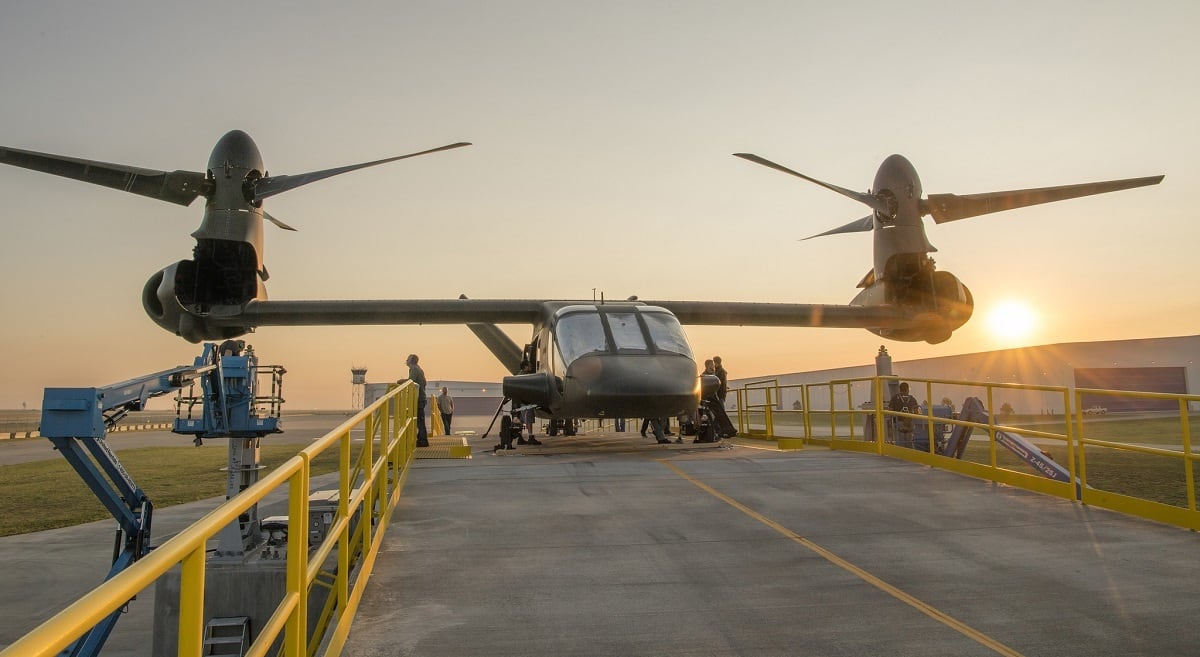The Army’s Accelerated Path to Future Aircraft Deployment
The U.S. Army is taking significant steps to deliver its Future Long-Range Assault Aircraft (FLRAA) to soldiers by 2028, expediting the process by initiating low-rate production while still engaged in prototype testing. This strategic move is part of a broader transformation initiative to modernize the Army’s aviation capabilities, according to Col. Jeffrey Poquette, the FLRAA program manager.
In a departure from traditional timelines, Army leaders, alongside Textron’s Bell, the company selected to develop the advanced tiltrotor aircraft, are focused on minimizing risks through digital design and engineering. The program has already logged over 200 hours of flight with the V-280 Valor tiltrotor as part of its technology demonstration phase.
“Normally you would build prototypes, then you would go to test,” Poquette explained. “And during test, you’re not doing a whole lot of building. You’re testing the aircraft and you’re building up a body of engineering work and results [ahead of] a Milestone C [production] decision.”
Typically, programs linger in prototype testing for about two years before a production decision is made. However, the FLRAA program is taking calculated risks by building aircraft during the testing phase, leveraging eight prototypes already constructed. This approach, Poquette noted, can lead to early production decisions by 2027, ahead of Milestone C, thanks to a contract option with Bell for a low-rate production lot.
While concurrency, the practice of producing systems before finalizing design testing, has historically led to setbacks, both the Army and Bell are optimistic. Bell’s confidence in its digital engineering process is high, with Poquette noting, “although it may not be perfect, it’ll be pretty close.”
Ryan Ehinger, Bell’s FLRAA program manager, emphasized the ongoing production evolution from prototypes to early production aircraft, highlighting the advancements in manufacturing technologies since the Joint Multirole Technology Demonstrator phase. Bell continues to manufacture critical components such as the wing, blades, and gearboxes, benefiting from years of iterative design work.
Another strategy to accelerate the fielding process involves completing full-rate production in four to five years, rather than the typical seven to eight. Poquette elaborated, “What we’re asking Bell to do is build capacity faster to get to a full-rate production. That means we get a company a year earlier, but we get a battalion 18 months earlier and we get two battalions 30 months earlier.”
The initial operational test program, originally slated for late FY31, could commence earlier due to aircraft readiness, potentially as soon as FY28 or FY29.






